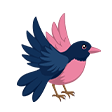Phnom Penh, the vibrant capital city of Cambodia, is a destination that seamlessly blends rich history, cultural heritage, and modern urban life. Nestled at the confluence of the Mekong, Tonlé Sap, and Bassac Rivers, this bustling metropolis offers a unique blend of old-world charm and contemporary allure. Whether you’re a history buff, a foodie, or an adventure seeker, Phnom Penh has something for everyone. In this comprehensive guide, we’ll take you through the must-see attractions, hidden gems, and thrilling adventures that make Phnom Penh a top destination for travelers.
Discover the Rich History of Phnom Penh
The Royal Palace and Silver Pagoda
No visit to Phnom Penh is complete without exploring the Royal Palace and the Silver Pagoda. These iconic landmarks are a testament to Cambodia’s royal heritage and architectural grandeur. The Royal Palace, with its golden spires and lush gardens, serves as the official residence of the King of Cambodia. Adjacent to the palace, the Silver Pagoda houses a stunning collection of Buddha statues, including the famous Emerald Buddha and a life-sized gold Buddha adorned with over 9,000 diamonds.
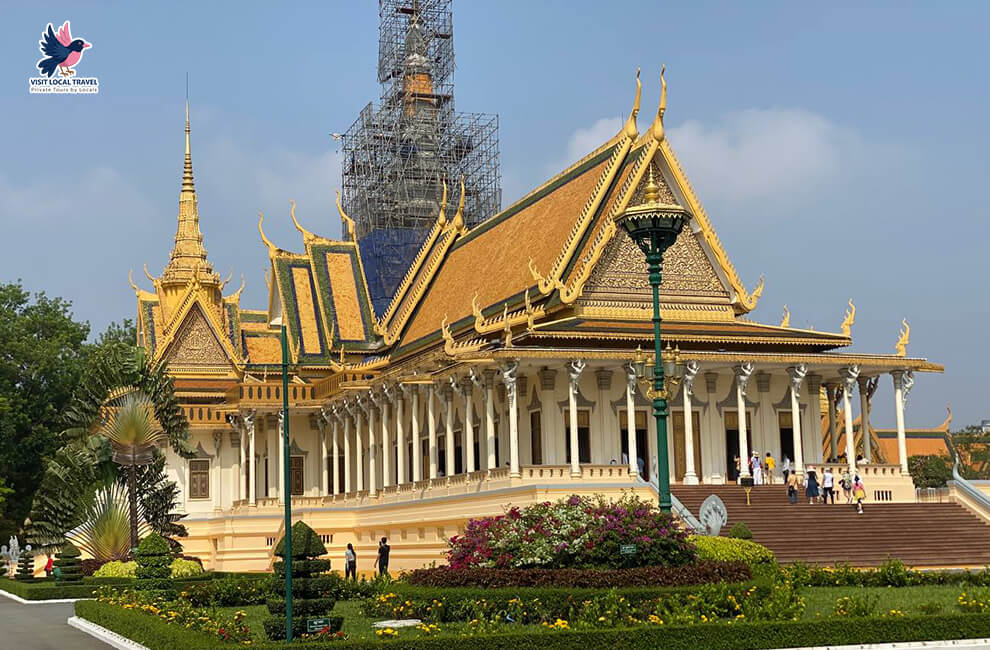
The National Museum of Cambodia
For history enthusiasts, the National Museum of Cambodia is a treasure trove of ancient artifacts and sculptures. The museum’s collection spans over a thousand years of Khmer history, with highlights including intricate stone carvings, bronze statues, and religious relics. The museum’s architecture, inspired by traditional Khmer design, is a sight to behold in itself.
Tuol Sleng Genocide Museum and Choeung Ek Killing Fields
Phnom Penh’s history is not without its dark chapters. The Tuol Sleng Genocide Museum and the Choeung Ek Killing Fields serve as poignant reminders of the Khmer Rouge regime and the atrocities committed during that time. These sites offer a sobering glimpse into Cambodia’s past and are essential visits for those seeking to understand the country’s complex history.
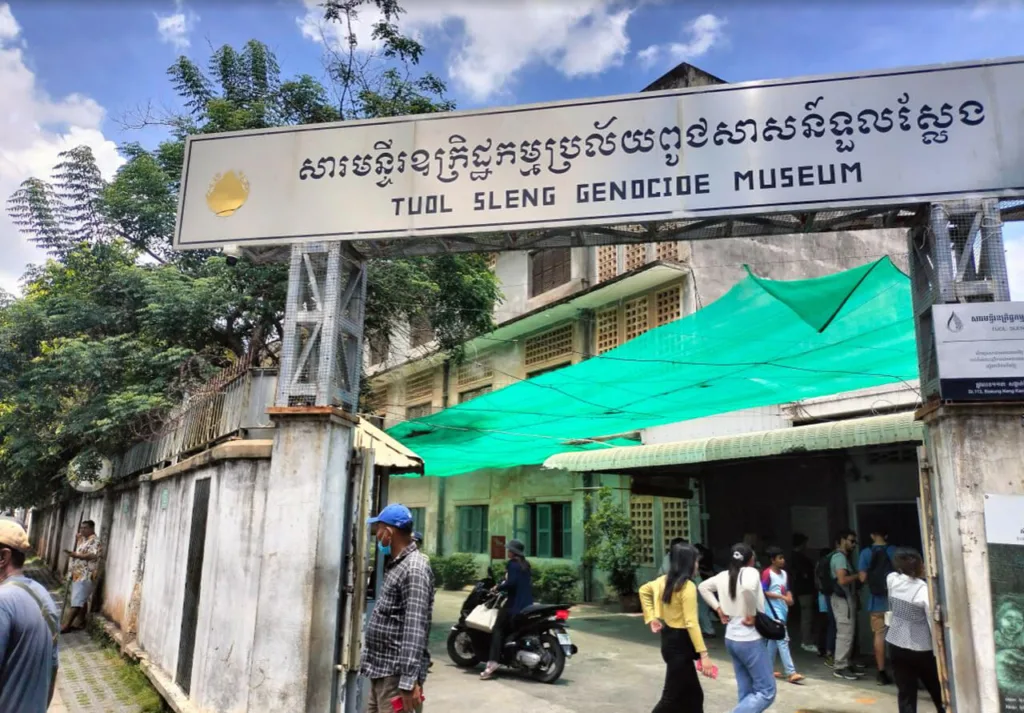
Embark on an Adventure in Phnom Penh
Cycling Along the Riverside
One of the best ways to explore Phnom Penh is by cycling along the Riverside. The scenic route offers stunning views of the river and the city skyline. You can rent a bike from one of the many rental shops and pedal your way through the bustling streets, stopping at local markets, cafes, and temples along the way.
Boat Tours on the Mekong River
For a more relaxed adventure, consider taking a boat tour on the Mekong River. These tours offer a unique perspective of the city, allowing you to see Phnom Penh from the water. As you cruise along the river, you’ll pass by floating villages, lush greenery, and traditional fishing boats. Sunset boat tours are particularly popular, offering breathtaking views as the sun dips below the horizon.
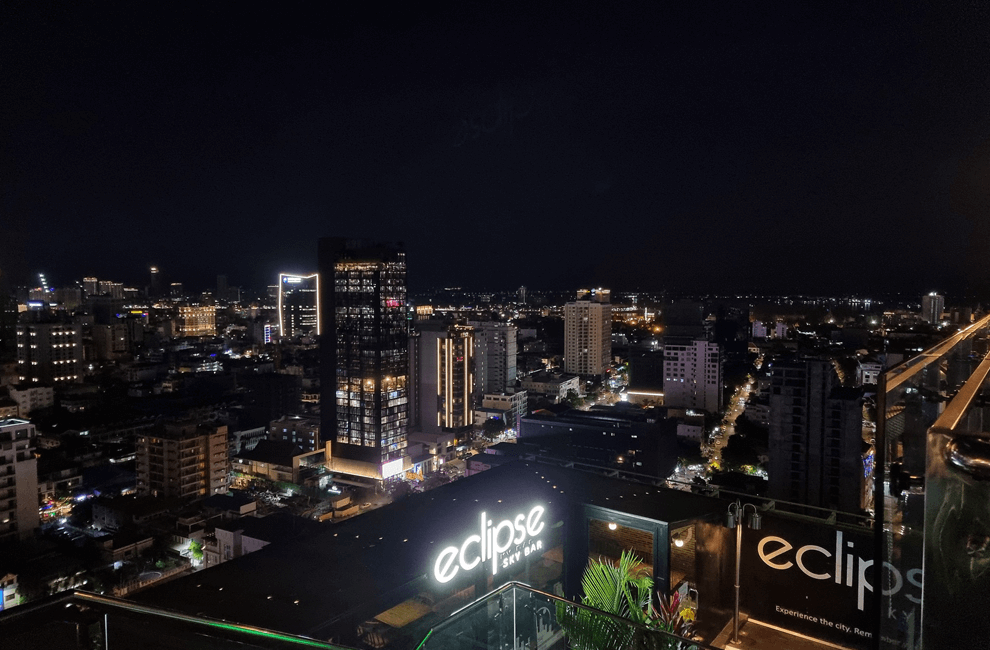
Exploring the Phnom Tamao Wildlife Rescue Center
Animal lovers should not miss the opportunity to visit the Phnom Tamao Wildlife Rescue Center, located just outside the city. This sanctuary is home to a variety of rescued animals, including elephants, tigers, and sun bears. Visitors can take guided tours to learn about the center’s conservation efforts and even participate in feeding sessions.
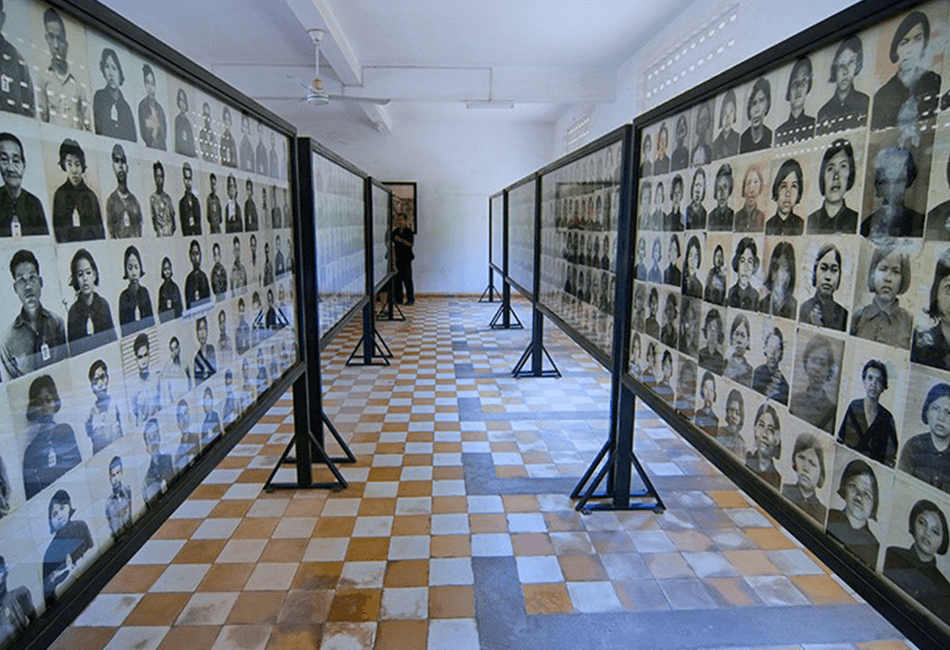
Tuol Sleng Genocide Museum and Killing Field Tour
- Duration: 4 Hours
- Destination: Phnom Penh
- Group Size: 2-12 People
$53

Phnom Penh Secrets Full-Day Tour
- Duration: 8 Hours
- Destination: Phnom Penh
- Group Size: 2-12 People
$110
Indulge in Phnom Penh’s Culinary Delights
Sampling Street Food at Central Market
Phnom Penh is a paradise for foodies, and the Central Market is the perfect place to start your culinary journey. This bustling market is a feast for the senses, with vendors selling everything from fresh produce to local delicacies. Be sure to try nom banh chok (Khmer noodles), bai sach chrouk (pork and rice), and kralan (sticky rice cake).

Dining at Romdeng
For a more upscale dining experience, head to Romdeng, a restaurant that specializes in traditional Khmer cuisine with a modern twist. The menu features dishes made with locally sourced ingredients, and the restaurant also supports local communities by providing training and employment opportunities for underprivileged youth.
Exploring the Night Markets
Phnom Penh’s night markets are a must-visit for anyone looking to experience the city’s vibrant nightlife. These markets come alive after dark, with stalls selling everything from clothing and accessories to street food and souvenirs. The Phnom Penh Night Market and the Russian Market are particularly popular among locals and tourists alike.
Immerse Yourself in Phnom Penh’s Cultural Scene
Attending a Traditional Apsara Dance Performance
A visit to Phnom Penh would not be complete without experiencing a traditional Apsara dance performance. This classical dance form, which dates back to the Angkor era, is characterized by its intricate hand movements and elaborate costumes. Many restaurants and cultural centers in the city offer nightly performances, providing a glimpse into Cambodia’s rich artistic heritage.
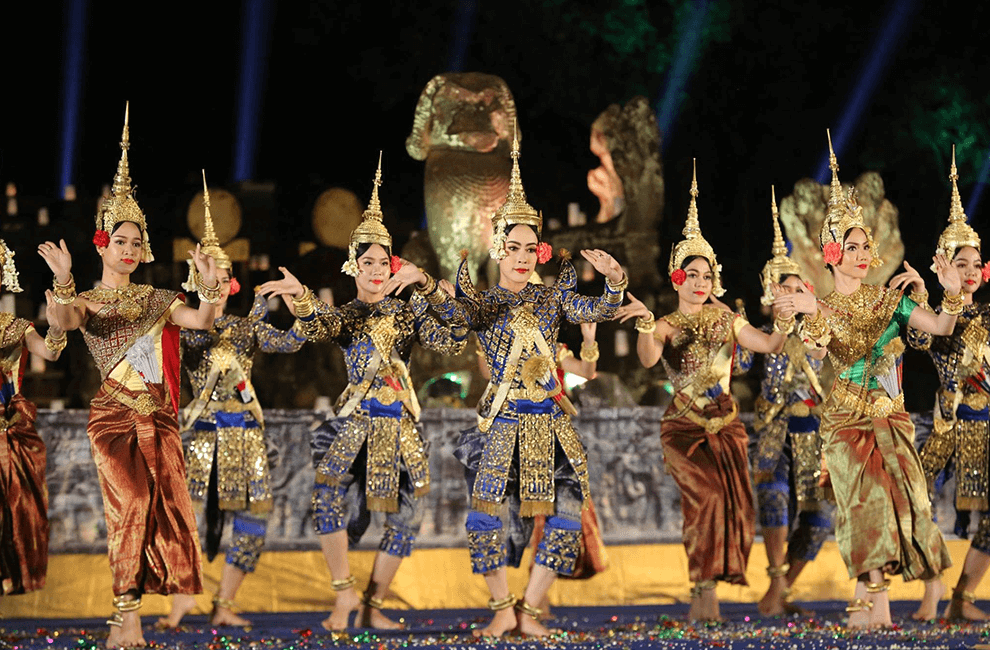
Exploring the Street Art Scene
Phnom Penh’s street art scene is thriving, with colorful murals and graffiti adorning the city’s walls. Take a walking tour to discover these hidden gems, many of which reflect Cambodia’s history, culture, and social issues. The Street 93 area is particularly known for its vibrant street art.
Visiting the Wat Phnom
Wat Phnom, the city’s namesake temple, is a sacred site that holds great significance for the people of Phnom Penh. Located on a small hill, the temple offers a peaceful retreat from the hustle and bustle of the city. Legend has it that the temple was built to house four Buddha statues discovered by a woman named Penh, after whom the city is named.
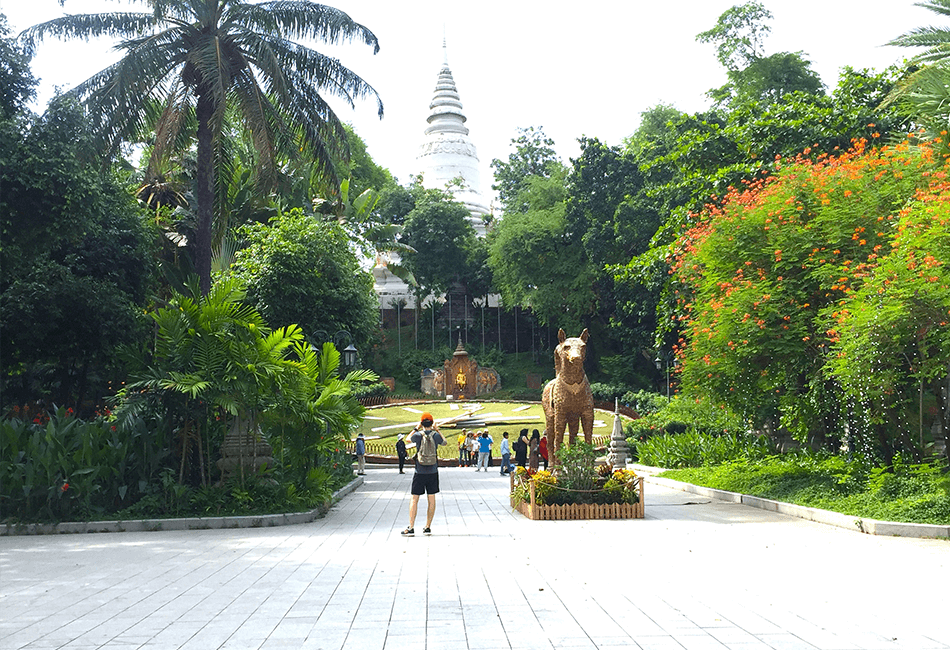
Practical Tips for Visiting Phnom Penh
Best Time to Visit
The best time to visit Phnom Penh is during the dry season, which runs from November to April. During this time, the weather is pleasant, with cooler temperatures and less rainfall. The wet season, from May to October, can be hot and humid, but it also brings lush greenery and fewer tourists.
Getting Around
Phnom Penh is a relatively compact city, and getting around is easy. Tuk-tuks are a popular and affordable mode of transportation, and they can be found on almost every street corner. For longer distances, consider hiring a private car or using ride-hailing apps like Grab.
Safety and Etiquette
While capital city is generally safe for tourists, it’s important to exercise caution, especially when exploring crowded areas or traveling at night. Be mindful of your belongings and avoid displaying valuables. When visiting temples and religious sites, dress modestly and remove your shoes before entering.

FAQs About Phnom Penh Capital City
What does the name “Phnom Penh” mean?
The name “Phnom Penh” translates to “Penh’s Hill” in English. It is derived from a legend about a woman named Penh who discovered sacred Buddhist statues on a hill and built a shrine to house them.
What is the population in the city?
As of recent estimates, Phnom Penh has a population of approximately 2.2 million people, making it the most populous city in Cambodia.
What are some key historical landmarks in Phnom Penh?

Key landmarks in Phnom Penh include:
– The Royal Palace: Home to the King of Cambodia.
– Silver Pagoda: Known for its floor made of silver tiles.
– Wat Phnom: A Buddhist temple on a hill, the city’s namesake.
– Tuol Sleng Genocide Museum: A former prison from the Khmer Rouge era.
– Choeung Ek Killing Fields: A memorial to the victims of the Khmer Rouge regime.What is the significance of the Mekong River to Phnom Penh?
The Mekong River flows through capital city and is vital for transportation, trade, and agriculture. It also provides a scenic backdrop for the city and supports local livelihoods.
What is the best time to visit Phnom Penh?
The best time to visit Phnom Penh is during the dry season, from November to February, when the weather is cooler and less humid.
What is the official language spoken in Phnom Penh?
The official language is Khmer, but English is widely spoken in tourist areas, businesses, and by younger generations.
What is the traditional cuisine of Phnom Penh?
Traditional Cambodian cuisine in the city includes dishes like:
– Amok: A coconut-based curry steamed in banana leaves.
– Bai Sach Chrouk: Grilled pork with rice.
– Nom Banh Chok: Khmer noodles with fish-based gravy.
– Kuy Teav: A popular noodle soup.What is the currency used in Phnom Penh?
The official currency is the Cambodian Riel (KHR), but US dollars are widely accepted and used interchangeably.
What is the role of Buddhism in Phnom Penh?
Buddhism plays a central role in the culture and daily life of the capital city. The city is home to numerous Buddhist temples (wats), and monks are a common sight. Religious festivals and rituals are an integral part of the city’s identity.
Final Thoughts
Phnom Penh is a city that captivates the hearts of all who visit. From its rich history and cultural heritage to its vibrant street life and culinary delights, there’s no shortage of things to see and do. Whether you’re exploring ancient temples, embarking on a river adventure, or indulging in local cuisine, the capital city offers an unforgettable experience that will leave you longing to return. So pack your bags, and get ready to discover the magic of Phnom Penh Capital City!
